A Wanderer’s Guide to Winter Camping in Our National Parks
You've seen America's national parks by summer. Now experience them in the winter.

Joe Sills

There's a reason America's national parks are seeing record crowds. In the summer, school is out, the weather is warm and camping fever descends on the nation. With a wave of Instagram-fueled travelers, the parks are getting packed in the warmer months.
But most of those same parks are still open in the winter, and the views are sometimes more spectacular when the cold sets in. Better yet, chilly weather usually means fewer crowds, and a greater chance to catch an unspoiled view. That leaves an opportunity for you to unpack the tent while everyone else is heading for the ski slopes this year. Here’s a beginner’s guide on how to do it.
Scout Ahead
At most national parks, winter camping options differ widely from the summer buffet of established and primitive campsites. At parks with higher elevations, road closures and campsite closures are common, and even open campgrounds may greatly reduce the number of available sites. However, that doesn’t mean you’re out of luck.
The National Park Service maintains a thorough listing of all campground openings and closures on each park’s website. If you’ve already got a bucket list destination in mind, visit NPS.gov to see what your campground options are. The site also provides a phone number for the park, and it’s worth picking up the phone to speak to a ranger. Sometimes, campgrounds that are usually closed for the season are open due to low snowfall or changing conditions.
Trails that are typically open in the summer months may be closed for the winter; however, what you might lose in hiking mileage, you could gain in frozen sights like ice falls and snowfields.
Gear Up

If you haven’t camped in the winter months before, you’ll want to pick up a few essential items to keep you more comfortable in your temporary outdoor home. Unless you’re headed somewhere tropical, warmer sleeping bags are a requirement—goose down works wonders for the cold. You’ll also want to bring a warm pair of waterproof boots, a sleeping pad to create separation between yourself and the cold ground, hand warmers, and the usual warm coat, gloves and toasty socks. Down pants are a bonus.
You can spend a fortune on these accessories at a premier outfitter, but I have great luck saving money by shopping the discount bin at The House Boardshop, and using snowboarding gear for camping.
It’s also a good idea to bring along some fire starters (even if that’s cheating) and pick up some local firewood, to help build a fire in the fastest manner possible. You’ll appreciate that in the morning.
Don’t forget to pack a hot water bottle for your sleeping bag at night. In a pinch, you can substitute rocks from your campfire—but, you know, rocks aren’t exactly cozy.
Get Going

Joe Sills
With cold weather gear in tow and a plan for what you could expect, it’s time to pick a park. To help you get started, we’ve compiled a short list of national parks that offer sublime winter camping.
Rocky Mountain National Park: Four of Rocky Mountain’s five campsites are closed during winter months, but Moraine Park, at elevation 8,160, remains open year-round. Once there, you should be able to soak in the crisp, mountain air and unlimited views of the snow-covered Rockies. Lighter snow on the eastern side of the Continental Divide means many of Rocky Mountain’s trails remain open during the winter.
Be prepared for nightly lows below 20 degrees, and check with the park before you plan a trip. In the summer, Moraine Park accepts reservations; however, winter months mean you’ll need to make sure you can slip in to the first-come, first-serve campground.
Channel Islands National Park: The Mediterranean climate at Channel Islands means winter temperatures typically linger in the 50s and 60s—just a few degrees cooler than the 70-degree averages of summer. Visiting in the winter months will put you in the heart of gray whale season, with a high chance of spotting elephant and harbor seals as well. Winter also means some of the best sunsets of the year on the Channel Islands, making it a top-notch winter camping destination.
The tradeoff? Almost half of the park’s precipitation falls during the winter, so you’ll be dodging storms that last several days. Fortunately, Channel Islands has five weather stations you can monitor to get a bead on when to go.
Death Valley National Park: The primeval landscape of Death Valley is a geological wonder that’s long served as a winter escape for campers. Seven of Death Valley’s nine campgrounds are open during the winter; and unlike many parks, which see crowds dwindle in the winter, Death Valley experiences its busy season from October to April.
If you go, prepare to have company. You’ll be rewarded for your patience with mild temperatures during the day, allowing hikes and extended exploration in the park that’s more difficult during its brutal summers.
Dry Tortugas National Park: Located west of Key West, Florida, the winter weather rarely affects camping at Dry Tortugas National Park. You’ll need a seaplane or a ferry to get there, but the park’s Garden Key campsite is open year-round. The park only has six official campsites. And they’re primitive. However, due to the Dry Tortugas remote location, all campers who arrive will be guaranteed a site.
Bring a snorkeling kit or plan a fishing charter. The Tortugas are surrounded by shallow water, where tropical fish and living coral put snorkelers in the world of Cousteau. Is Hemingway more your thing? Fish the deep-water reefs blooming with grouper, snapper, mackerel, tuna and wahoo. Ernest did the same.
Canyonlands National Park: Deep in the heart of the Colorado Plateau, Utah’s Canyonlands National Park is a hiker’s paradise. The views here seem to go on for days, and you can soak them in year-round from Island in the Sky campground.
Don’t let the desert landscape fool you: Temperatures in December and January average highs of 40 degrees and lows in the mid 20s. That’s cold, but nothing a few down jackets, a warm sleeping bag and a campfire can’t fix.
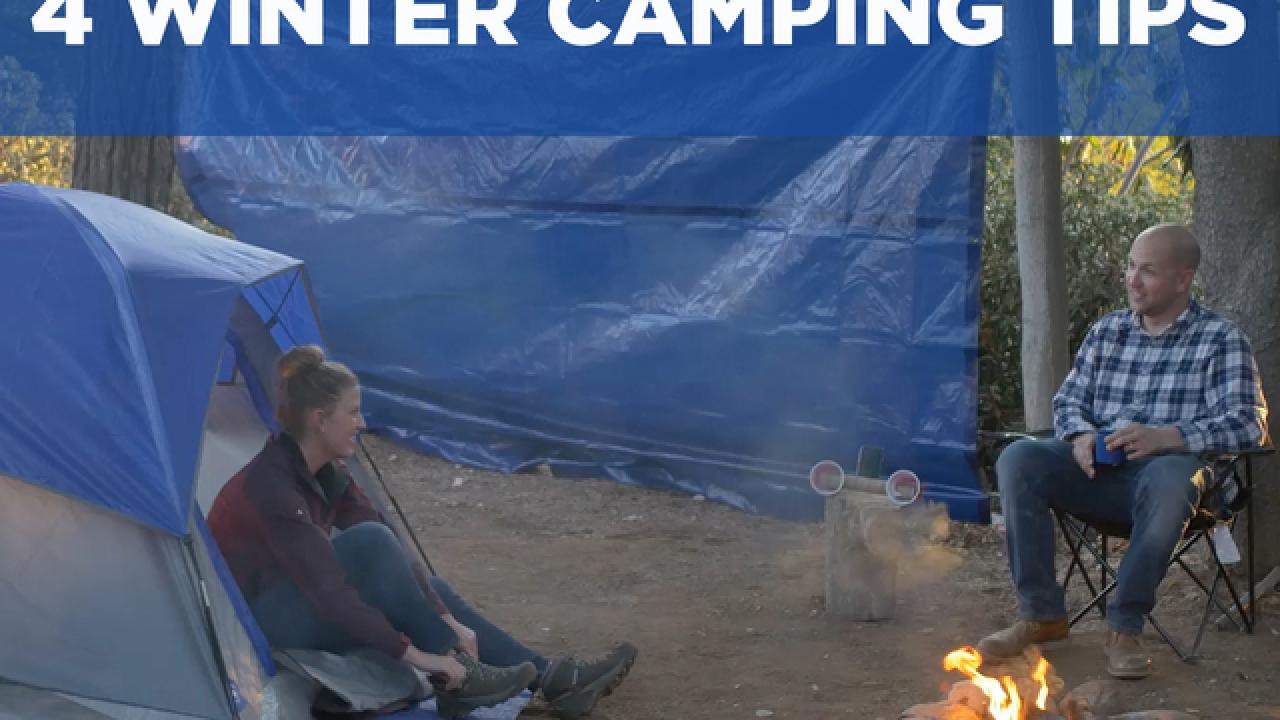
Next Up
10 Reasons You Should Go Camping Right Now
These Women Take Camp Cooking to a Whole New Level
Utah's Triple Treat
The Perfect Ski Resort for Every Type of Skier
New Hampshire: A Winter Wonderland
California’s Most Spectacular Camping Spots
3 New Ways to Make Campfire S'mores
Top 5 Spots to Snowboard in the World
Professional snowboarder Leslie Glenn's top snowboarding spots.
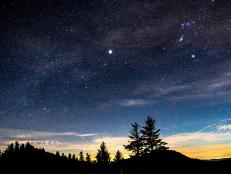
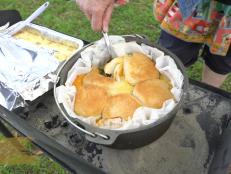

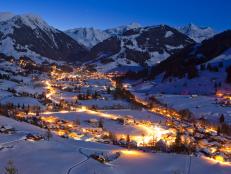
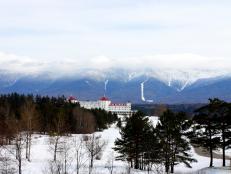
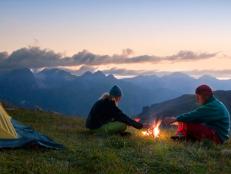
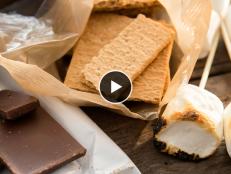
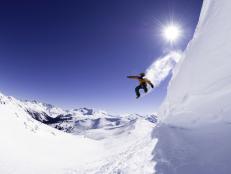
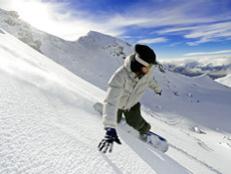


















.jpg.rend.hgtvcom.231.174.suffix/1674758726773.jpeg)











